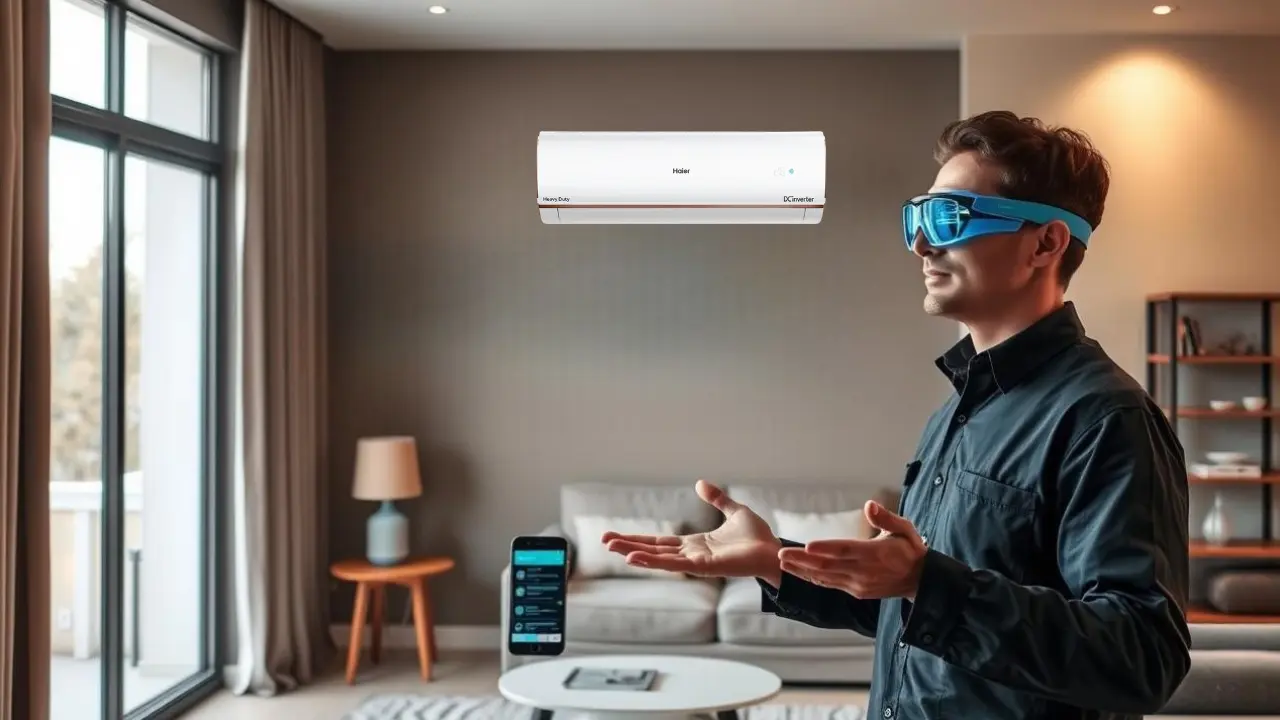In today’s rapidly evolving technological landscape, the integration of AI is becoming increasingly prevalent across various industries. One such area where AI is making significant strides is in the management and optimization of HVAC systems. By leveraging AI insights from HVAC runtime data, businesses can achieve unprecedented levels of efficiency, cost savings, and sustainability. This article delves into how these insights are transforming the HVAC industry and what it means for the future of building management.

Understanding HVAC Systems
Before exploring the impact of AI on HVAC systems, it’s crucial to understand what these systems entail. HVAC stands for heating, ventilation, and air conditioning, and these systems are responsible for maintaining the indoor climate of buildings. They regulate temperature, humidity, and air quality, ensuring a comfortable and healthy environment for occupants.
The Role of Runtime Data
Runtime data refers to the operational data collected from HVAC systems during their functioning. This data includes information about energy consumption, temperature settings, airflow rates, and system performance. Traditionally, this data was underutilized due to the complexity and volume of information. However, with the advent of AI, this data is now being harnessed to provide valuable insights.
How AI Transforms HVAC Data
AI algorithms are designed to analyze large datasets quickly and accurately. When applied to HVAC runtime data, these algorithms can identify patterns and trends that are not immediately apparent to human operators. This capability allows for predictive maintenance, energy optimization, and enhanced system performance.
Predictive Maintenance
One of the most significant benefits of using AI insights is the ability to predict when components of an HVAC system might fail. By analyzing data such as vibration patterns and temperature fluctuations, AI can forecast potential breakdowns, allowing for timely maintenance and reducing downtime. For more information on this topic, visit Predicting HVAC Breakdowns.
Energy Optimization
Energy consumption is a significant concern for HVAC systems. AI insights can help optimize energy usage by adjusting system settings in real-time based on occupancy and environmental conditions. This not only reduces operational costs but also contributes to environmental sustainability.
Enhanced System Performance
By continuously monitoring runtime data, AI can ensure that HVAC systems operate at their peak efficiency. This involves fine-tuning various parameters to achieve the desired indoor climate while minimizing energy use. To explore more about this, check out AI for Indoor Air Quality.
The Impact on Building Management
The integration of AI insights into HVAC systems has profound implications for building management. Facility managers can now make data-driven decisions to enhance occupant comfort and reduce operational costs. Additionally, these insights enable a proactive approach to maintenance, further increasing system reliability.
Cost Savings
By optimizing energy consumption and minimizing downtime, businesses can achieve significant cost savings. This is particularly important in large commercial buildings, where HVAC systems account for a substantial portion of energy expenses.
Sustainability
As the world moves towards more sustainable practices, the role of AI in optimizing HVAC systems cannot be overstated. By reducing energy usage and emissions, businesses can contribute to a greener environment.
Challenges and Considerations
While the benefits of integrating AI with HVAC systems are clear, there are challenges to consider. These include data privacy concerns, the need for skilled personnel to interpret AI insights, and the initial costs of implementing AI technology.
The Future of HVAC Systems
The future of HVAC systems is undoubtedly intertwined with AI. As technology continues to advance, we can expect even more sophisticated algorithms that provide deeper insights into system performance and energy usage.
Innovations on the Horizon
Future innovations may include more advanced sensors, improved data analytics, and enhanced user interfaces that make it easier for facility managers to interact with AI systems.
Conclusion
In conclusion, the integration of AI insights from HVAC runtime data is revolutionizing the way we manage and operate building systems. By leveraging these insights, businesses can achieve greater efficiency, cost savings, and sustainability. As technology continues to evolve, the potential for further improvements in HVAC systems is immense.

FAQs
What is HVAC runtime data?
Runtime data refers to the operational data collected from HVAC systems during their functioning, including energy consumption and system performance metrics.
How does AI improve HVAC systems?
AI improves HVAC systems by analyzing runtime data to optimize energy efficiency, predict maintenance needs, and enhance overall performance.
What are the challenges of using AI in HVAC systems?
Challenges include data privacy concerns, the need for skilled personnel, and the initial costs of implementing AI technology.
This article contains affiliate links. We may earn a commission at no extra cost to you.
